A coated thrust plate differs from a standard (uncoated) thrust plate primarily in its surface treatment, which significantly enhances its performance, durability, and operational efficiency in mechanical systems. Here’s a detailed comparison of the two:
1. Surface Protection
Coated Thrust Plate:
Features a surface layer made of specialized materials such as PTFE (polytetrafluoroethylene), graphite, molybdenum disulfide (MoS₂), or other anti-friction, wear-resistant compounds. This layer protects the base metal from direct contact, reducing wear and oxidation.
Standard Thrust Plate:
Has no additional protective layer. The bare metal surface is more susceptible to wear, corrosion, and surface damage over time, especially under high load or poor lubrication conditions.
2. Friction and Wear Resistance
Coated:
The coating provides a low-friction interface, which significantly reduces friction between the thrust plate and adjacent components (such as rotating shafts or housings). This helps in minimizing heat generation and surface degradation.
Uncoated:
Typically exhibits higher friction, which can lead to quicker wear, increased heat, and potential galling under heavy or continuous loads.
3. Load-Carrying Capacity
Coated:
Certain coatings, especially those with solid lubricants, enhance the load-bearing performance of the thrust plate, particularly in boundary or dry lubrication conditions.
Uncoated:
May perform adequately under normal lubrication but can fail prematurely in high-load or marginal lubrication situations.
4. Corrosion Resistance
Coated:
Offers better resistance to environmental and chemical corrosion, particularly if the coating is designed to withstand exposure to fluids, heat, or contaminants.
Uncoated:
More vulnerable to rust or chemical attack, especially in harsh operating environments.
5. Temperature Performance
Coated:
Many coatings are engineered to operate under extreme temperatures, maintaining their properties and reducing thermal expansion or deformation.
Uncoated:
Direct metal-to-metal contact under high temperatures can lead to thermal fatigue and loss of structural integrity.
6. Cost and Application Complexity
Coated:
Slightly more expensive due to the additional manufacturing process (e.g., spraying, plating, bonding). However, the long-term performance gains often justify the investment, especially in demanding applications.
Uncoated:
Lower initial cost and simpler to manufacture, but may incur higher maintenance or replacement costs over time due to reduced durability.
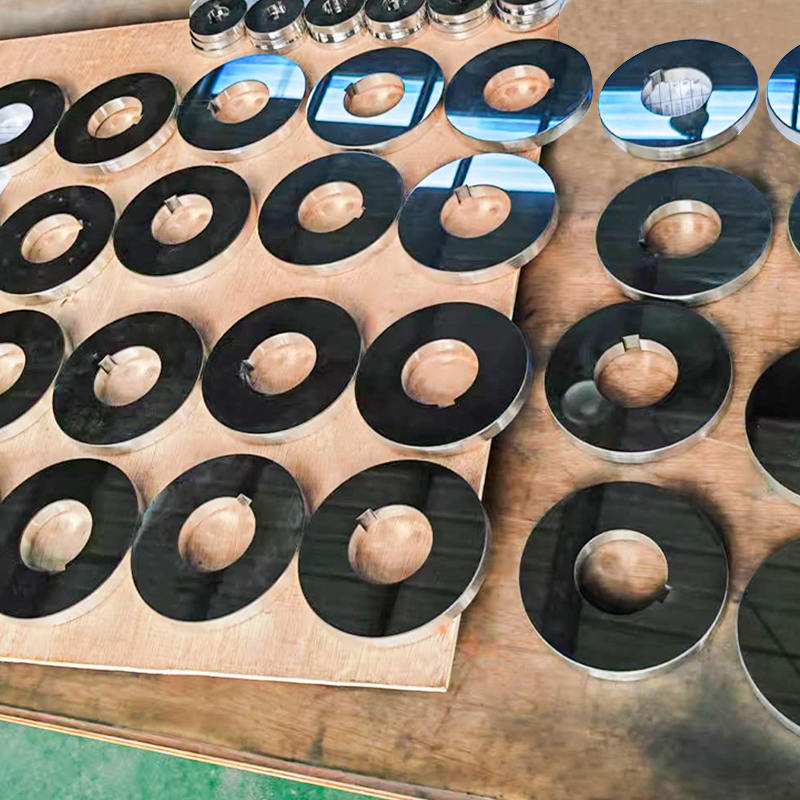
Summary Table:
| Feature | Coated Thrust Plate | Standard (Uncoated) Thrust Plate |
| Friction | Low | Higher |
| Wear Resistance | High | Moderate to Low |
| Corrosion Resistance | Good | Low (unless made of corrosion-resistant alloy) |
| Load Capacity | Enhanced under boundary lubrication | Standard |
| Heat Resistance | Excellent with suitable coatings | Moderate |
| Longevity | Longer service life | Shorter service life |
| Cost | Higher initial cost | Lower initial cost |
Conclusion
A coated thrust plate offers superior performance in terms of friction reduction, wear resistance, corrosion protection, and load handling, making it suitable for high-demand applications like automotive engines, heavy machinery, and hydraulic systems. While a standard thrust plate may be adequate for less demanding uses, it lacks the enhanced properties that coatings provide, potentially leading to faster wear and more frequent maintenance.

 ENG
ENG
 English
English عربى
عربى Español
Español 中文简体
中文简体
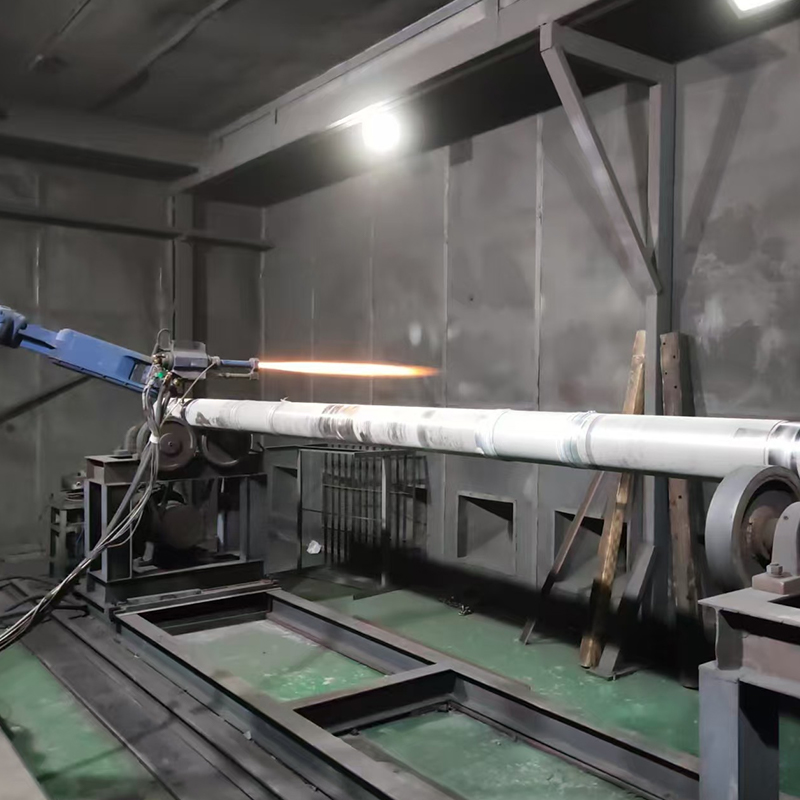
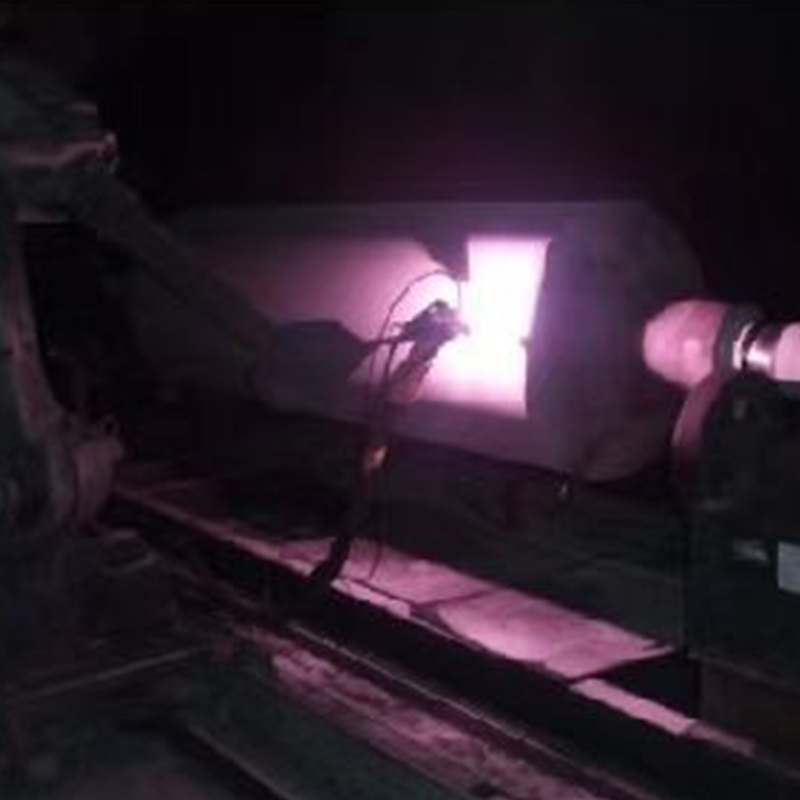
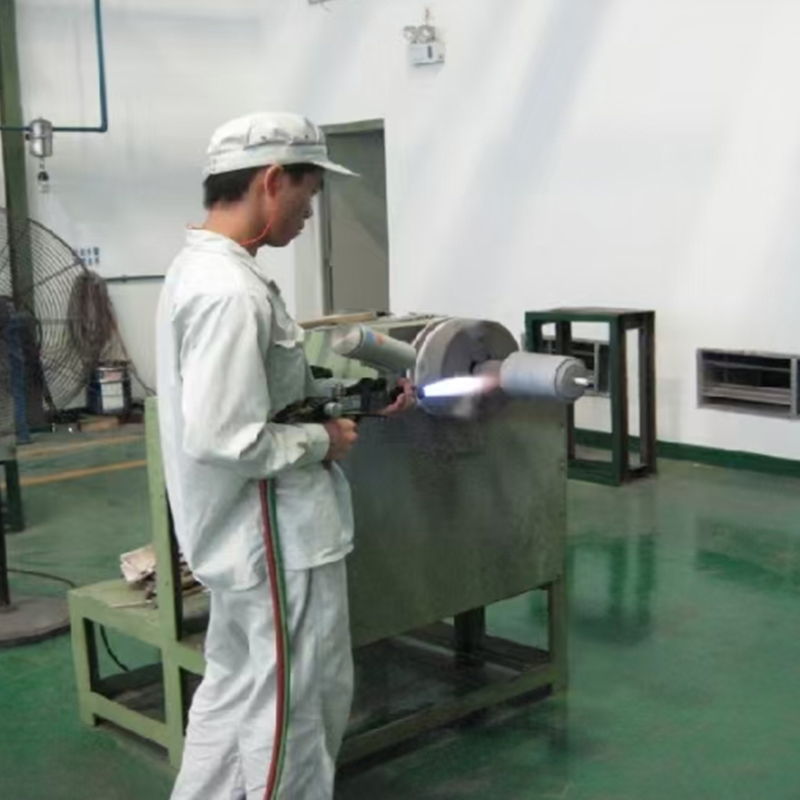

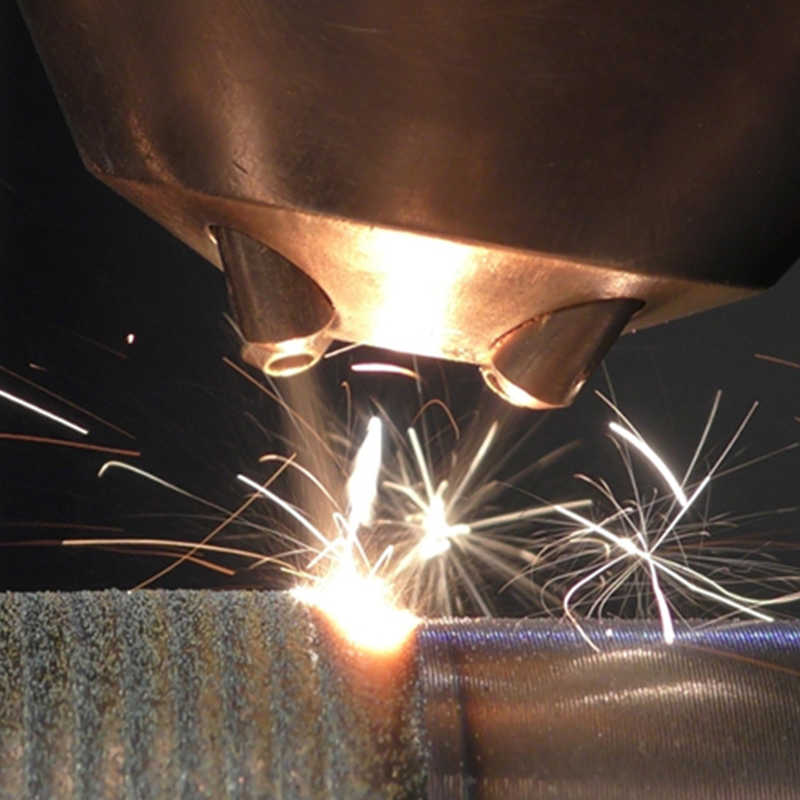
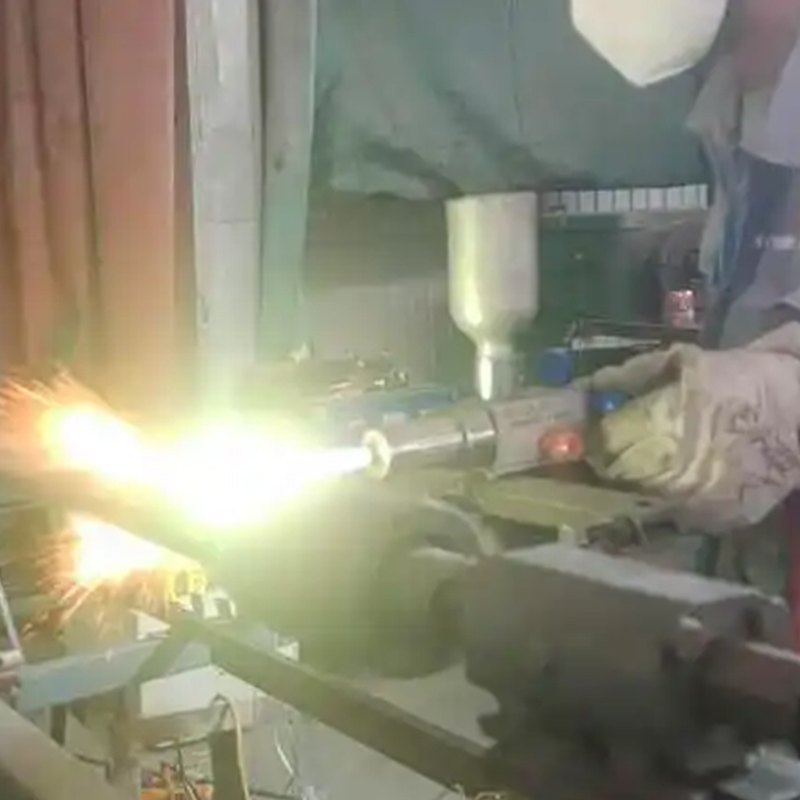
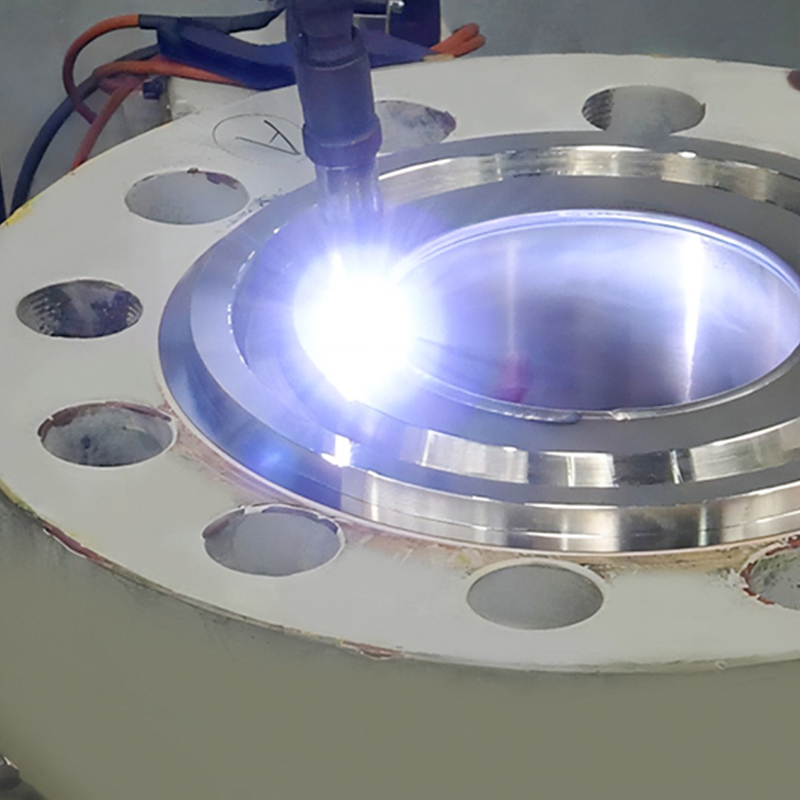
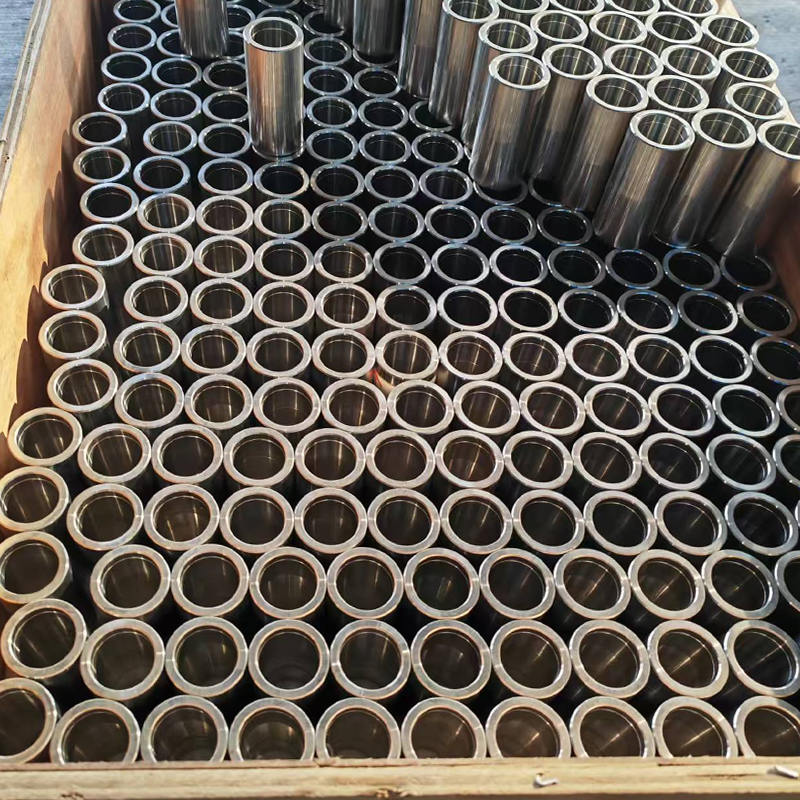
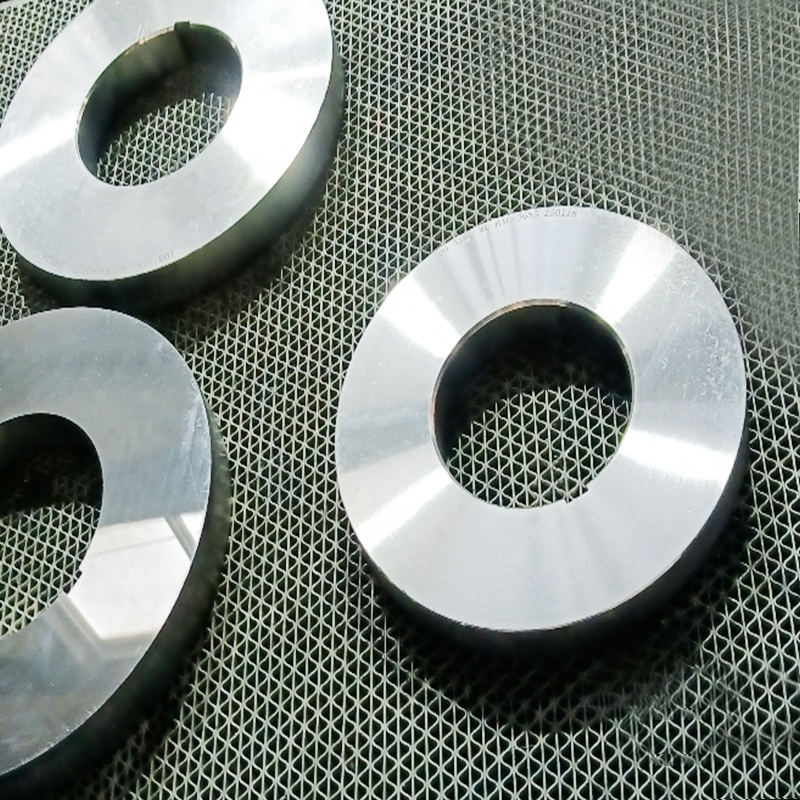
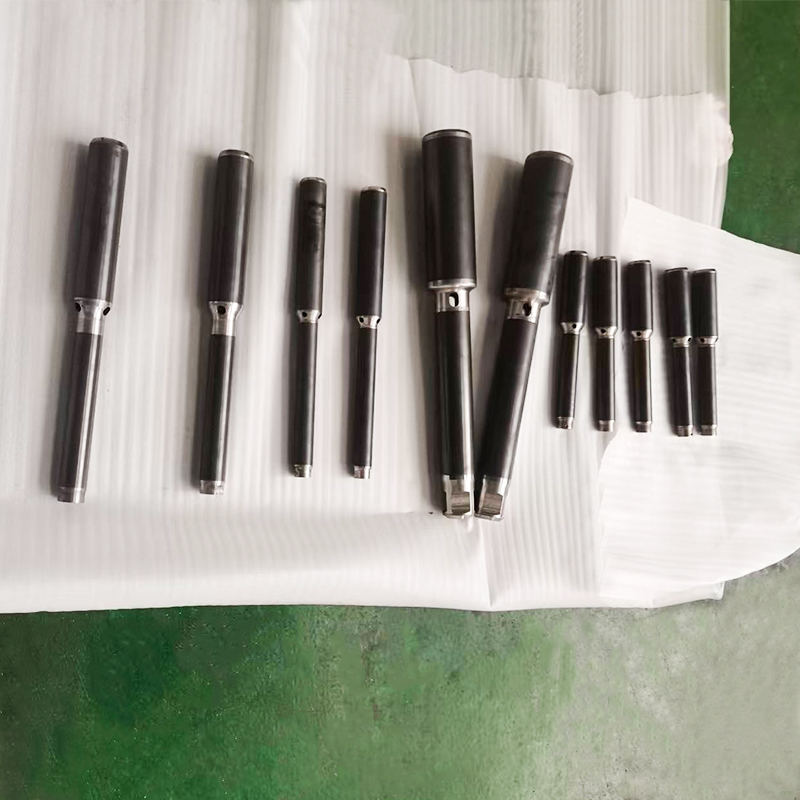
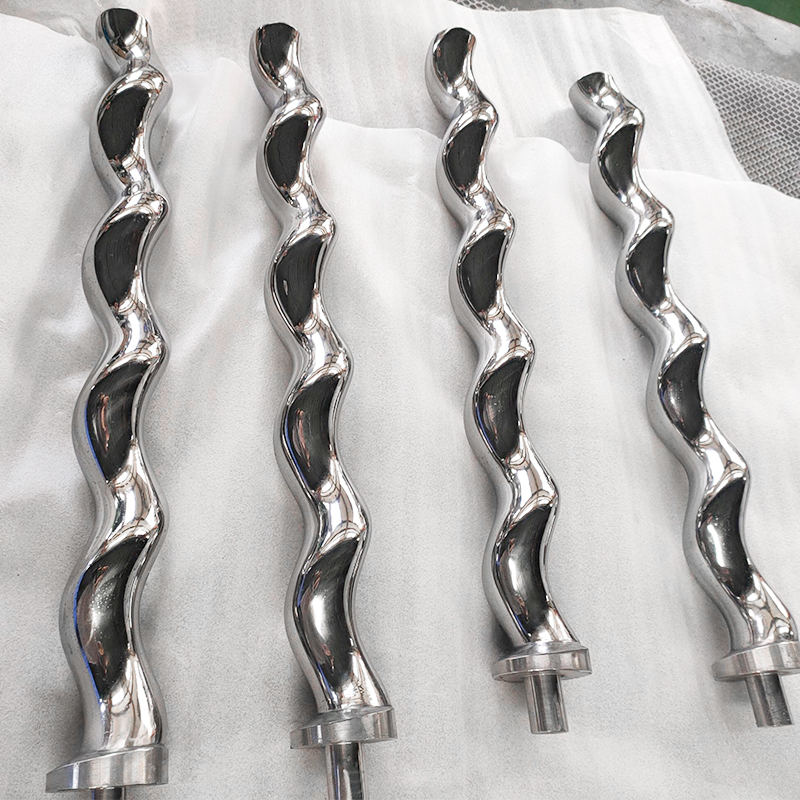

 TOP
TOP